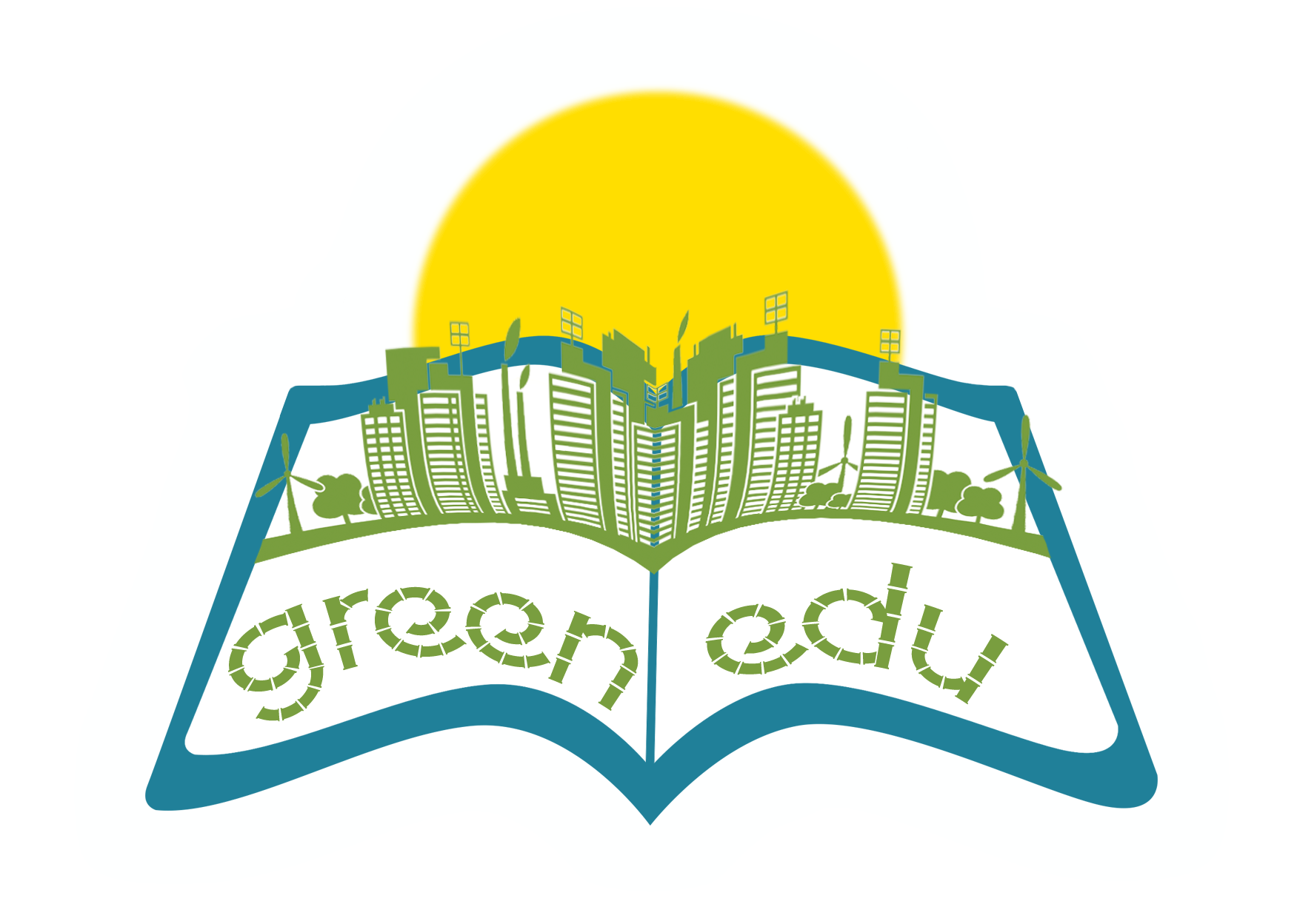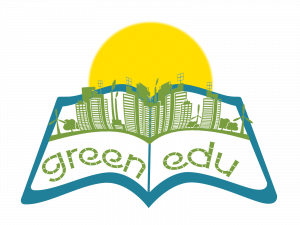Detect and Destroy Light Pollution!

Summary
The development of lighting technologies and inventing new things made our lives easier.
In the past while work and production were carried out only during the day, now work is done also at night. With the advancement of lighting technologies, some branches started to work easier.
Some places where lighting technology is used; aircraft runways, factories, mines, hospitals, bus stations, industrial facilities, lighthouses, traffic lights, stadiums, etc. Especially works, such as factories, textile and mining that work also at night contributed to the development of the country. Lighting technologies are also used aesthetically. Important buildings and structures and historical artifacts are illuminated to attract attention and to make them look beautiful.
In everyday life, many professional groups use lighting technologies. Doctors, cameramen, photographers, miners, drivers, pilots, captains, architects, light designers cannot do their jobs without lighting. Using more light than normal sources in the illumination of some places causes irregular lighting and waste of electricity. Light pollution is the use of light in the wrong place, in the wrong amount, in the wrong direction and at the wrong time. Light pollution also adversely affects natural life and human life like environmental pollution and water pollution. The use of excessive and unnecessary illumination strains the eyes and negatively affects vision.
| Lesson plan summary | |
| Subject | Green Engineering and Robotics |
| Subtitle | F.4.5.3.3. Produce solutions to reduce light pollution. |
| Age of students | Primary 8-10 |
| Preparation time | 30 Minutes |
| Teaching time | 40 Minutes |
| Online teaching material (links for online material) | ** http://www.isikkirliligi.org/ ** FİDAN, H., SUBAŞI, Ö., AYDIN, F., & YENER, D. (2017). İlkokul Dördüncü Sınıf Öğrencilerinin Işık Kirliliğine ve Uygun Aydınlatmaya Yönelik Görüşleri. Kırşehir Eğitim Fakültesi Dergisi, 18(3), 485–503** https://www.milliyet.com.tr/dunya/artan-isik-kirliligi-dunya-yi-karartiyor-2561517 |
| Offline teaching material | WEDO-2 kitTABLET |
Aim of the lesson
By the end of this lesson students will:
- recognize the environment they live in and identify the environmental problems in their environment.
- understand that light pollution is also a type of pollution such as air pollution, water pollution and soil pollution.
- learn how to use sensors by using coding on the We Do 2.0. program.
- produce and model STEM steps against a light pollution they detect around them.
Activities
Describe here in detail all the activities during the lesson and the time they require. Remember, that your lesson plan needs to revolve around the topic of bioeconomy.
| Name of activity | Procedure | Time |
| Engage-1 | 5 min | |
| Explore-1 | After the students are given preliminary information about light pollution, students are watched a video called “Light Pollution”. the teacher talks with the students about what they think about the light pollution in the video and what kind of a solution can be produced about these photographs. In this way, students are taught the light pollution. | 10 min |
| Explain-1 | In this section, students are asked to design a street lamp with the WeDo 2.0 set. While designing the lamp;- Motion sensor must be used.- Smart brick must be used.Students design a street lamp in accordance with the given limitations. They can get help from the teacher in the process. The street lamp should turn on the lamp by signaling when someone approaches a certain distance, and turn off the lamp by turning off the signal when people move away. | 10 min |
| Elaborate-1 | Students are asked to explain the street lamp they designed. When students explain their designs, the teacher draws attention to features such as easy placement, easy accessibility and few materials. then students are provided to criticize their designs according to these features. Students explain the coding scheme they created after completing their self-criticism. By giving feedback on the coding scheme, what can be done to improve the scheme is exchanged. Students are given time again to improve the coding scheme. | 15 min |
Assessment
Describe here the assessment method of the lesson, if any. For example, if you plan on assessing your students with a quiz, include here questions and answer options with color-coding the correct answers.
Evaluation
Negative effects of light pollution on natural life are shown. Please write these negativities under the visuals.
……………………………………. ..………………………………… …………………………………..
………………………………….. ………………………………… ………………………………….
…………………………………… ………………………………… ……………………………………
………………………………….. ………………………………….. ……………………………………
………………………………………… …………………………………
………………………………………. …………………………………
………………………………………. ………………………………….
……………………………………… …………………………………
HOMEWORK ASSESSMENT (PROJECT)
Materials Used:
Materials: Pet bottle, pipette, scissors, colored stamps, adhesive, pen, paper, ribbon, thick colored rope, battery, small bulb, balloon, connecting cables.
Knowledge Based Life Problem
Onur who lives in a village of Mersin covered with lush trees, is 10 years old. He enjoys watching the sky and the stars at nights that are cloudless since his childhood. Even when the weather is nice in summer, he falls asleep while watching the stars on the roof. His family decides to send Onur to Istanbul where his aunt lives for a summer vacation. Onur looks at the sky on the night of his first day in Istanbul but cannot see any stars even though there is no cloud. He looks again the next day but still can’t see any stars. This situation makes Onur very sad.
1- Why can’t Onur see the stars in Istanbul?
2- Can you produce a solution for the problem that Onur has experienced?
Limitations:
– Budget is limited to 20 TL.
– The length of our model should be minimum 30 cm and maximum 45 cm.
– Your model must have a motto.
– Only 7 of the materials provided should be used.
Evaluation of the Product:
| WELL | MIDDLE | GELİŞTİRİLMELİ | |
| Is the number of materials used correctly? | |||
| Have the limitations been complied with? | |||
| Is the problem scenario understood? | |||
| Does the motto fit the product? | |||
| Does the model give light? |





